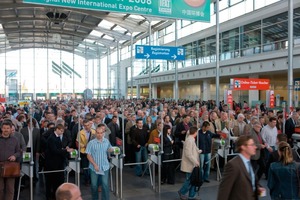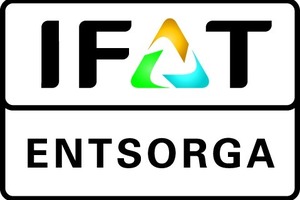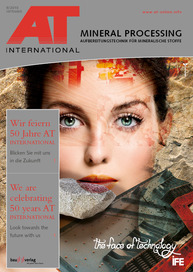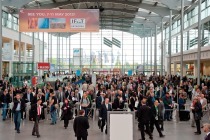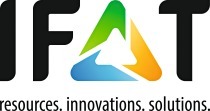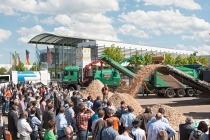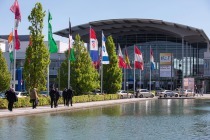Record numbers of exhibitors
In 2008 IFAT set a new record for attendance, with 2605 exhibitors from 41 countries and around 120 000 trade visitors from 170 countries (Fig.). From 2010 onwards Messe München and the BDE will be holding this event as a cooperation. IFAT will in future take place under the name of IFAT ENTSORGA, world’s most important trade fair for innovations, new developments and services in the fields of water, sewage, waste and raw materials management. The next event takes place at the New Munich Trade Fair Centre from 13.-17.09.2010.
In June more than 2620 companies from more than 44 countries have already registered for the IFAT ENTSORGA. That is an increase compared to the last time that the fair was held, even at this early point in time. Now it is also clear that IFAT ENTSORGA will occupy one more hall than IFAT 2008. The response, especially among foreign exhibitors, who currently account for 37 % of exhibitors (compared to 33 % in 2008), has been particularly positive. This trend is also confirmed by demand for joint stands for contingents of international exhibitors: So far 14 countries including Austria, Belgium, China, the Czech Republic, Denmark, Finland, France, Great Britain, Korea, the Netherlands, Slovakia, Switzerland, Taiwan, and the United States have registered joint exhibits at IFAT ENTSORGA – not to mention several joint exhibits from organisations in Germany.
Like the 2008 fair, there will also be a joint exhibit sponsored by Germany‘s Federal Ministry of Economics and Technology (BMWi). A total of twelve new and innovative companies will present their products and technologies to a broad-based audience of industry professionals on a good 250 square metres of exhibition space. For the second time, the so-called Research & Education Area will also be part of the fair. A total of 24 colleges and universities will present their innovations and research results on some 400 square metres of exhibition space.
One of the main topics at IFAT ENTSORGA 2010 will be “Urban Mining” with all the technologies and services required to exploit this opportunity to the full. Every city is a giant raw materials mine. In times of dwindling natural deposits coupled with growing demand, in particular from the economies of China and India, efficient use of the resources that are already available will become an ever more pressing concern. Not least for reasons of cost-efficiency.
One example here is metal. Standard metals such as iron, steel, lead, copper, zinc and aluminium are already recycled to produce secondary raw materials in many countries. Electronic waste contains particularly valuable and rare metals. There may only be a few milligrams of gold, silver and palladium in each individual mobile phone or computer, but if you multiply this by the number of devices sold (1.3 billion mobile phones and 300 million computers worldwide in 2008), overall quantities are quite impressive. Efficient recovery of metals from used devices is thus very important in terms of the raw materials economy.
Buildings are also valuable repositories of raw materials. According to the Federation of the German Construction Industry (Hauptverband der Deutschen Bauindustrie) each year around 255 million t of mineral waste comes building sites, and 92 % of that could be recovered. Given this quantity, if it were all to be recycled, it would cover one third of total demand in the country for mineral raw materials. In addition, building rubble contains more copper, for example, than the hard-won ore from mines.

